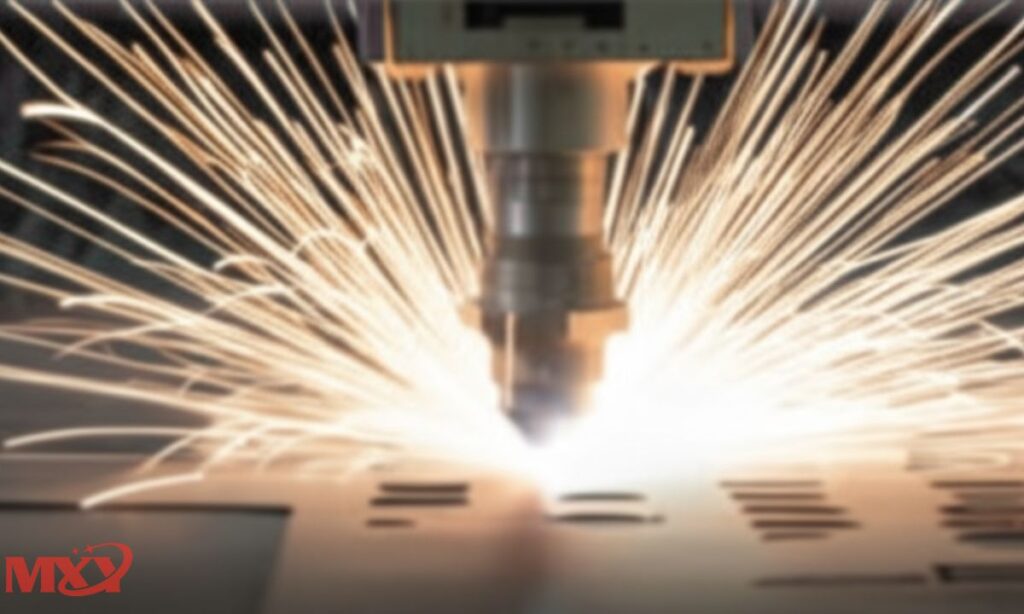Sheet metal fabrication is the process of shaping thin metal sheets into useful parts. It involves cutting, bending, and joining. The question “what is sheet metal fabrication” is about transforming flat metal into components. It’s key in many industries. It combines both art and engineering. Welding, punching, and forming are the sheet metal fabrication techniques. These methods turn raw sheets into final pieces. Metal Sheet Fabrication creates parts for cars, buildings, and machines. Each method adds precision and value. It plays a big industrial role.
What is Sheet Metal Fabrication? And Works
First, a what is sheet metal fabrication is selected. The widely used are steel, stainless steel and aluminum. The metal used will be selected on an individual basis regarding use, strength, and weight. Then, it is cut into shape. Finally, it gets bent and assembled. Next, welding or fastening holds the pieces together. Tools include CNC machines and lasers. These ensure accuracy. The result is a finished part. Durability and quality come from precise execution.
Metals Used in Metal Sheet Fabrication
| Metal | Strength | Weight | Common Uses |
| Steel | High | Medium | Automotive frames, structures |
| Stainless Steel | Very High | Medium | Food equipment, medical devices |
| Aluminum | Medium | Light | Aircraft parts, HVAC components |
| Copper | Low | Medium | Electrical applications |
| Brass | Low | Medium | Decorative hardware, instruments |
Core Sheet Metal Fabrication Techniques

There are five main sheet metal fabrication techniques. Each serves different needs.
Cutting
Cutting involves slicing the metal sheet into required sizes. The conventional ones are shearing and sawing. Higher-tech technologies are laser cutting, plasma cutting and water jet cutting. These newer techniques are more precise and reduce material loss.
Bending
Bending is done using press brakes or rolling machines. The goal is to form the sheet into angles or curves. Accuracy is key here to ensure parts fit together perfectly.
Punching
This technique creates holes or shapes using a punch and die. It’s useful for ventilation panels or bolt holes. Punching is fast and ideal for large volumes.
Welding
Welding joins metal parts by melting and fusing them. MIG, TIG, and spot welding are common. It’s vital in industries where strong joints are needed.
Assembly
The last stage is the assembly of the parts to a finished product. This may entail screwing together, riveting or the use of adhesives. There can also be finishing work required such as the powder coat or polishing.
Cutting Technique Comparison
| Method | Precision | Speed | Cost | Best For |
| Laser Cutting | High | Fast | Medium | Fine details, thin metals |
| Waterjet Cutting | Very High | Moderate | High | Heat-sensitive materials, thick metal |
| Plasma Cutting | Medium | Very Fast | Low | Thick steel |
| Shearing | Low | Fast | Very Low | Straight-line cuts |
Why Waterjet Cutting Shines
Waterjet Cutting uses high-pressure water with grit. It cuts without heat. This is ideal for metals that lose strength under heat. It avoids warping. Waterjet is highly precise. It produces smooth edges. This means less finishing work. It also handles thick sheets well. That makes it a smart choice in precision sheet metal fabrication.
Precision in Metal Sheet Fabrication

Precision matters in what is sheet metal fabrication. Parts must meet tight tolerances. A minor mistake may crack a product. High precision is required in industries such as aerospace and electronics industries. CNC machines and lasers help achieve this. CAD designs guide the process. That ensures consistent accuracy. Precision reduces waste. It saves time and money. It also improves quality. That leads to reliable end products.
Key Applications of Sheet Metal Fabrication
What is sheet metal fabrication is used in many fields. Some of the areas where it is vital include the following:
- Automotive Industry: Fabricated sheet metal is used to make doors, hoods and exhausts.
- Construction: Roof panels, air ducts, and wall frames.
- Aerospace: Aircraft panels and brackets.
- Electronics: Housings and enclosures for devices.
- HVAC: Ductwork and ventilation components.
In HVAC systems, accurate sheet metal work ensures airflow. Proper execution improves energy use. This adds efficiency and comfort.
Challenges in Sheet Metal Fabrication
While the benefits are many, there are some challenges too. Handling large sheets requires care and skill. Mistakes in measurement or cutting can cause material waste. Also, certain metals are hard to bend or weld. Maintaining machines is another concern. High-end tools need regular checks to stay precise. Skilled labor is also important. Not all workers are trained in advanced fabrication methods. That said, most issues can be solved with training and planning. Using digital tools can reduce human error. Regular maintenance also helps keep production smooth.
Benefits of Sheet Metal Fabrication
This process offers many advantages:
- Strength and durability in the finished parts.
- Flexibility: many shapes and designs possible.
- Repeatability: easy to produce in batches.
- Cost efficiency: especially at scale.
- Precision through modern digital tools.
Such benefits explain why it’s used in so many sectors. From buildings to electronics, it fits many needs.
Conclusion
So, what is sheet metal fabrication? It’s the art of shaping flat metal into structured parts. It combines cutting, bending, and assembly. Modern techniques like Waterjet Cutting and CNC increase accuracy. Strong parts for cars, aircraft, machines, and buildings come from this. Precision is achieved through advanced tools. This keeps production lean and reliable. From Metal Sheet Fabrication to finishing touches, each step matters. The process drives innovation in multiple industries.
FAQs
What is sheet metal fabrication used for?
It’s used to create parts for cars, HVAC systems, electronics, and buildings.
How accurate is precision sheet metal fabrication?
It holds tight tolerances. Often within ±0.1 mm or less.
Is waterjet cutting better than laser?
For heat-sensitive materials and thick metals, yes. Laser is faster for thin cuts.
What metals are used in sheet metal fabrication?
Common ones are steel, stainless steel, aluminum, brass, and copper.
Can I do sheet metal fabrication at home?
Simple cutting and bending are possible. But CNC tools and welding usually need a shop.








